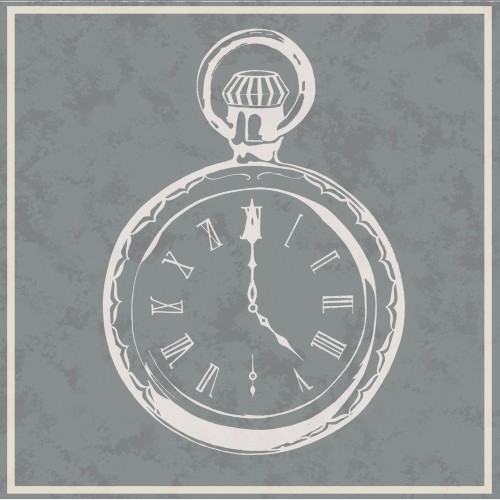 Release Date: February 28th, 2012
Release Date: February 28th, 2012





Instead of listing Dirty Three’s score of possible genres, influences and sound-alikes, let’s approach the Australian post-rockers on their own terms. The free, often-improvised sounds that emanate from a guitar, a violin and a drum set are furiously forward and yet warmly backward. They are the kind of outfit that’s timeless—if not for persistent relevancy than for the plain-dumb oneness of their sound. While it is often thrown under the blanket of “post-rock,” much of the band’s aesthetic predates rock ‘n’ roll. To view its work through any lens is almost inevitably a dissapointment. It’s been six years since the Three’s last album, Cinder, broke new turf by featuring vocal collaborations from Cat Power and Sally Timms. From the broader perspective, Mick Turner, Warren Ellis and Jim White have been making music together for two decades.
So here too, expect the deft, wide strains of Turner’s guitar; White’s big, swilling drums; and of course, Ellis’ inimitable, down-home violin strains. These elements alone, in some combination or another make up The Dirty Three. Given the seven-year tacit, this isn’t just rustiness; it’s a band rediscovering its own sound. The album was recorded in parts, the longest of those gaps stretching over a year. From numerous accounts, the band’s process in the studio is very rigorous—not toward “correctness” but feeling. From serene meditations (“Ashen Snow”) to swirling sonic storms (opener “Furnace Skies”), spin a wheel and that’s likely where you’ll end up feeling.
Little can stop the haphazard jolt of the songs—not so much one instrument playing a melody, as all of them at once. “The Pier” especially is pleasantly chaotic—the drums leaping forward then falling back on themselves, jolty like an ocean breeze—before falling out altogether while the violin emotes longingly and the guitar arpeggiates imaginary chords. Yeah, some of the songs are devoid of time altogether. But it never comes off as an art-for-art’s sake ploy, rather that these three are sitting in a room together, making sounds freed from the limits of wordplay and time. Who would expect anything but chaos—much less tragic beauty.
What the three have going for them is a keen eye for drama and story. Many of the band’s first gigs included scoring for plays, installations and films. Ellis especially, with his oldtime collaborator Nick Cave, has taken his signature brand haunting accompaniments to the big screen with films like The Road, The Assasination of Jesse James and The Proposition. In this sense, the band functions like a Greek chorus, bewailing and commenting but never interfering with what they chronicle. If they’re not responding to a literal story, they’re imitating—each strophe of a melody made to stir up the residue of a feeling. “Rain” pitters and patters while “Ashen Snow” swirls and stupefies. In concert, Ellis will often introduce songs with a bizarre backstory, which adds to the emotion but also risks contextualizing the sounds in an adverse way to the listener.
For some, Toward the Low Sun could be taken as a palette cleanser. After a lifetime of listening to easily digestible music, where the next change becomes apparent, you’ve never heard the song before and yet you’re completing the next lyric—listening to vocal music in general—here’s something briskly refreshing. While it’s tempting to get underneath the band’s process and find out whether title came first or last, or what the “hook” really was, it’s almost more fulfilling to just let it play, listening with open ears. It can take a little dissection to get under its skin—or not—the great thing about this album is a listener can discover their place in it.
Dirty Three – Toward the Low Sun tracklist:
- “Furnace Skies”
- “Sometimes I Forget You’ve Gone”
- “Moon on the Land”
- “Rising Below”
- “The Pier”
- “Rain Song”
- “That Was Was”
- “Ashen Snow”
- “You Greet Her Ghost”


